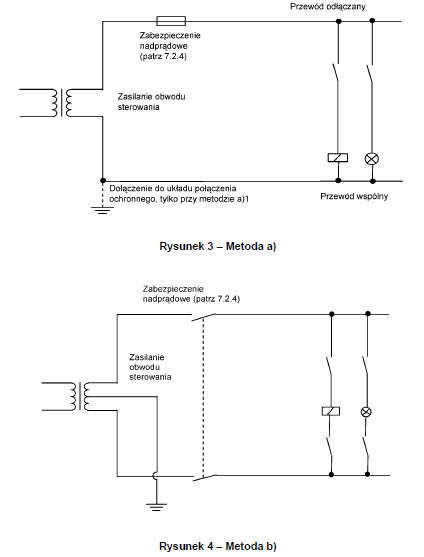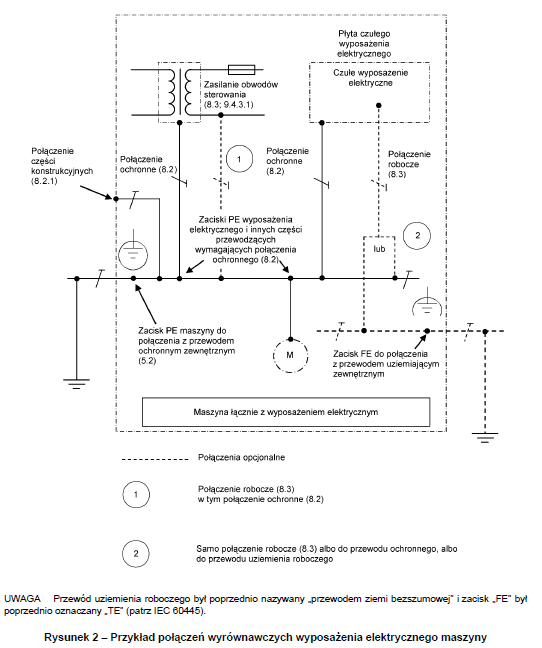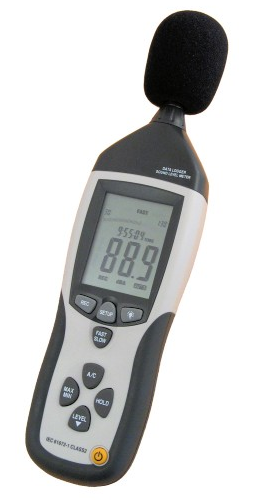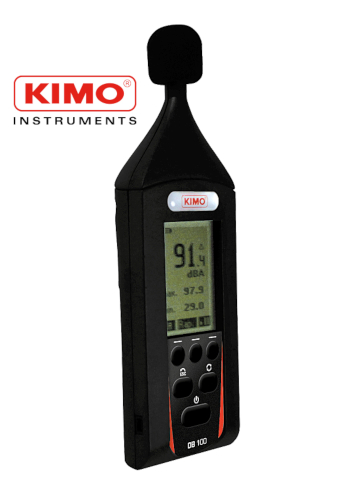Electrical installations and the noise level are the factors affecting the safety and comfort of work.
ELECTRICAL MEASUREMENTS
Electrical measurements may concern both: new installations and those in operation. Some elements of electrical installations over time wear out, which causes changes in their parameters and may consequently endanger both employees and the machine itself.
Electrical measurements should be carried out in accordance with the requirements of the Norm PN-EN 60204-1.
Different standards correspond to different types of machines. If there are no standards for a specific machine, the measurement should always contain samples a, b and f and may contain one or more tests from c to e:
- a. Checking the conformity of the electrical equipment with the technical documentation;
- b. In the case of protection against indirect contact by automatic disconnection, the conditions for protection by automatic disconnection should be checked in accordance with point 18.2 PN_EN_60204_1_2010;
- c. Checking the insulation resistance (see p. 18.3 of Norm);
- d. Electrical insulation test (see p. 18.4 Norm);
- e. Checking the residual voltage protection (see p. 18.5 of Norm);
- f. Functional tests (see p. 18.6 of Norm);
When performing the above tests, it is recommended that they take place in the prescribed order.
If the electrical equipment is modified, the requirements of section 18.7 of the Norm should be applied.
CHECKING CONDITIONS OF PROTECTION THROUGH SELF-DISCONNECTING FROM POWER SUPPLY
Warunki dotyczące odłączenia samoczynnego zasilania należy sprawdzać przez wykonanie badań.
TEST METHODS CONCERNING TN SYSTEMS:
Test 1 – checking the continuity of the protective connection.
The resistance of each protective connection circuit between the PE terminal (see paragraph 5.2, graph 3) and the respective points of each protective circuit should be measured with a current between at least 0.2 A to approximately 10 A, taken from an electrically isolated source (see paragraph 5.2, graph 2) with maximum voltage without load 24 V AC or DC. It is recommended not to use PELV power supply, because it can cause incorrect results of this test. The measured resistances should be within the range expected according to the length, cross-section and material of the protective conductor(s) used.
Test No. 1 should be carried out on each machine protective connection.

Test 2 – checking the impedance of the short-circuit loop and the suitability of the overcurrent device used.
The connection of power supply and external protective conductor reaching the PE terminal of the machine must be checked by visual inspection.
Conformity of protection conditions by automatic disconnection in accordance with clause 6.3.3. and Annex A of the standard should be checked in two ways:
- 1. Checking the short circuit loop impedance by:
- a. Calculation or
- b. Measurement in accordance with A.4
- 2. Confirmation that the settings and characteristics of the overcurrent device used comply with the requirements of Annex A.
If test No. 2 is performed by measurement, it should always be preceded by test No. 1.
The “Environmental Protection Law” Act defines noise as sounds with frequencies from 16 Hz to 16,000 Hz.
Examples of noise level:
- An audible whisper of 30 dB
- Normal conversation 60 dB
- Lathe 81 dB
- Pneumatic impact wrench102 dB
- Balloon burst 157 dB
EFFECTS OF NOISE EXPOSURE
Exposure to noise can cause a number of risks to workers’ health and safety: loss of hearing, physiological effects (increased blood pressure, headaches and dizziness), work-related stress, increased risk of an accident (noise may obstruct audibility of alarm signals and therefore be the cause of accidents).
The Ministry of Infrastructure, for permissible noise level inside buildings with closed windows, determined 40 dB a day and 30 dB at night.
In an 8-hour work environment, with noise of 85 decibels, in accordance with NLI regulations, the employer is obliged to take appropriate measures: the use of machinery and equipment causing noise not exceeding the permissible values, and in the case of high noise – solutions that lower its level.
NOISE MEASUREMENT
In order to determine the noise level at workplaces, the employer is obliged to carry out appropriate measurements and noise intensity tests. To measure the noise level, a special meter called decibelometer or sonometer is used.

METHODS OF MEASURING NOISE
Measurements of noise levels at workplaces are carried out using two methods:
- Direct
- Indirect
DIRECT METHOD
It involves measuring noise during the whole employee shift at his workplace when the employee is exposed to noise at all times. The measurement results are read from the meters immediately after its execution. A simple method, although the downside can be a long duration, or the entire change.
INDIRECT METHOD
Using this method, the measurement is carried out for a shorter time than the worker’s exposure to noise. In the next step, the measurement results are developed using mathematical formulas – in this way, the noise levels for the full-time work place are determined.
If, as a result of the measurements carried out, the noise exceeds the acceptable standards, the employer must:
- 1. Determine the reasons for exceeding the permissible noise level
- 2. Prepare a change program, after which employees will be exposed to the least possible noise level, including:
- a. Provide individual hearing protectors for employees
- b. Introduce breaks at work, thus reducing the worker’s time in a high noise environment
- c. Introduce in the company the marking of the area subject to noise
- d. Modernize or replace components of noise generating machines



